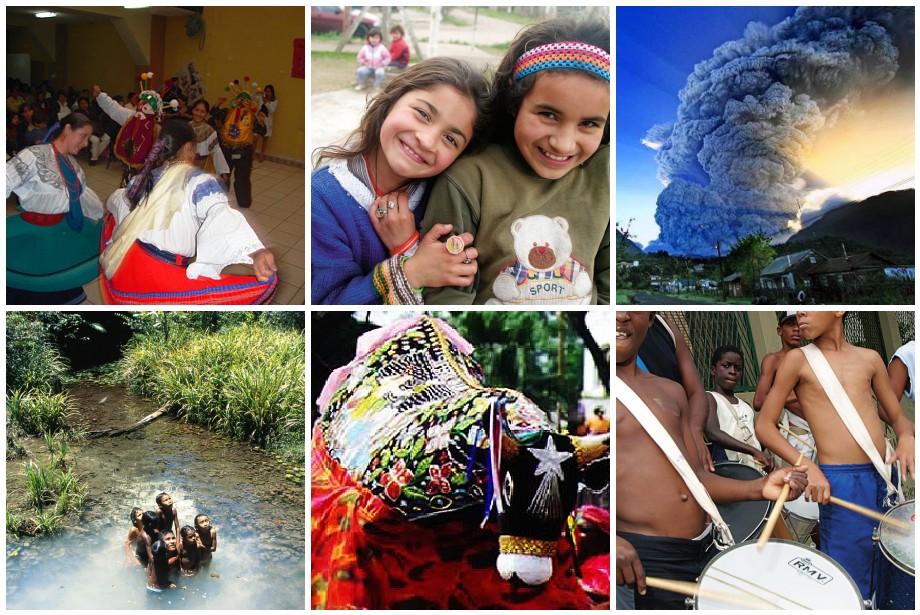Following the previous post on this year’s Latin American election super-cycle, there are a few common and significant challenges that the region will need to face.
Election experts and organisations working on the area, such as IFES, IRI, NDI, OAS and AS/COA have all set up monitoring programs and have already given recommendations for the election marathon in 2018. Indeed, ‘The bad, the good and the ugly’ will take multiple layers of analysis and understanding throughout the 2018 Latin elections roadmap.
The bad
- Voters disaffection and low participation. According to the 2016/2017 Latin American Public Opinion Project[1], support for democracy and its core institutions had decreased by almost nine percent between 2014 and 2017 in the region. Trust in elections has fallen to less than a quarter of the population in the countries who will elect new leaders in 2018 (Colombia, Mexico and Brazil), except for Costa Rica, in which trust is still relatively high (57 percent of the population). Only 29 percent of Latin Americans express confidence in election tribunals, and fewer than 55% of Brazilians and Mexicans believe that Democracy is the best political system. In 2015, Mexican voters had the lowest satisfaction with democracy in all Latin America, Mexican support for democracy declined by 10 percent in one year, down to 58 percent. A challenge of the election bodies in Mexico will be to mobilise voters, in and outside of the country. There is a consistent decline of the participation rate including for presidential election (less than 60% of the electorate). In Brazil, 87 percent of the surveyed citizens believe that the government advocates for its self-interest alone and only 24 percent trust that the government will do what is right for their country.
- Weakened parties. A November 2017 Gallup poll showed that 89 percent of Colombians have an unfavourable opinion of political parties. The growing dissatisfaction could lead a shift away from the traditional party system in the country. However, this is not exclusively of Colombia; it is a political drift expanding across the whole region. The positive side of this issue, it is the remarkable rise of independent or unaffiliated candidates and a shift from the left-right dichotomy. Novel political leaders have emerged, and traditional political figures have reinvented themselves or created independent political movements.

The good
- Inclusive democratic participation. The inclusion of minorities and vulnerable political groups in all the stages of the election cycle in Latin America is growing steadily. To date, 16 of the 33 countries in Latin America and the Caribbean have adopted gender quota laws, while seven countries – Bolivia, Costa Rica, Ecuador, Honduras, Mexico, Nicaragua, and Panama – have traded quotas for parity, mandating that parties run gender balanced candidate lists. On the other hand, the rise of independent candidates for the 2018 elections has a significant impact on the members of marginalised groups who want to run for office (persons with disabilities, women, youth, LGBTI, indigenous, African descendants, among others). It gives them not only more voice and visibility, but it also let the traditional and independent new political parties renew and improve their participation strategies.
- Better election management practices. The 2018 election super-cycle might bring, among other benefits, the possibility of regional and international debates on election management best practices. EMBs and all election stakeholders will network and monitor local and regional events, processes, technologies and results. Hot topics will include election justice (election arbiters, election dispute resolution). Also, managing networks and equipment with appropriate security mechanisms; or deploying tamper-proof technological platforms. Moreover, social networks impact in election administration (around 80 percent of internet users in Latin America access social media), will undoubtedly be challenging among EMBs, providers, voters and the media, during this year’s elections.
The ugly
- The latest Global Corruption Barometer report by Transparency International’s found that 62 percent of Latin Americans think corruption has increased and perceived politicians to be the most corrupt. Corruption has eroded public trust in the region, in which political leaders are accused of not facing accountability. Recent scandals and cases of blatant corruption (i.e. wrongful use of public funds, bribery, and personal enrichment through government contracts) have been flooding Latin Americans news and political agendas. For EMBs, it will be a challenge to prevent, control and denunciate the misuse of state resources and other primary corruptive forces in the election process.
- Criminal violence and impunity. Rampant crime is a pressing issue for many in Latin America. The region has high homicide rates, and 14 out of the 20 most dangerous countries in the world are in Latin America. According to the 2017 Global Impunity Index from the University of the Americas, nearly half of the 19 Latin American countries examined scored amongst the worst globally. Mexico had the worst impunity score in the region. Costa Rica, which is considered to be one of the safest in the region, unfortunately also hit a record high murder rate in 2017. Crime and insecurity impact negatively on the quality of life and it makes more difficult for governments to deliver on promises to improve voter’s lives. Fighting election-related violence and impunity will be a pressing challenge for EMBs and states this year, particularly in countries with known antecedents such as Mexico, Colombia and Venezuela.
[1] 2017 survey by Vanderbilt University’s Latin American Public Opinion Project (LAPOP)
What do you need to know about the 2018 Latin American election super-cycle? Part II